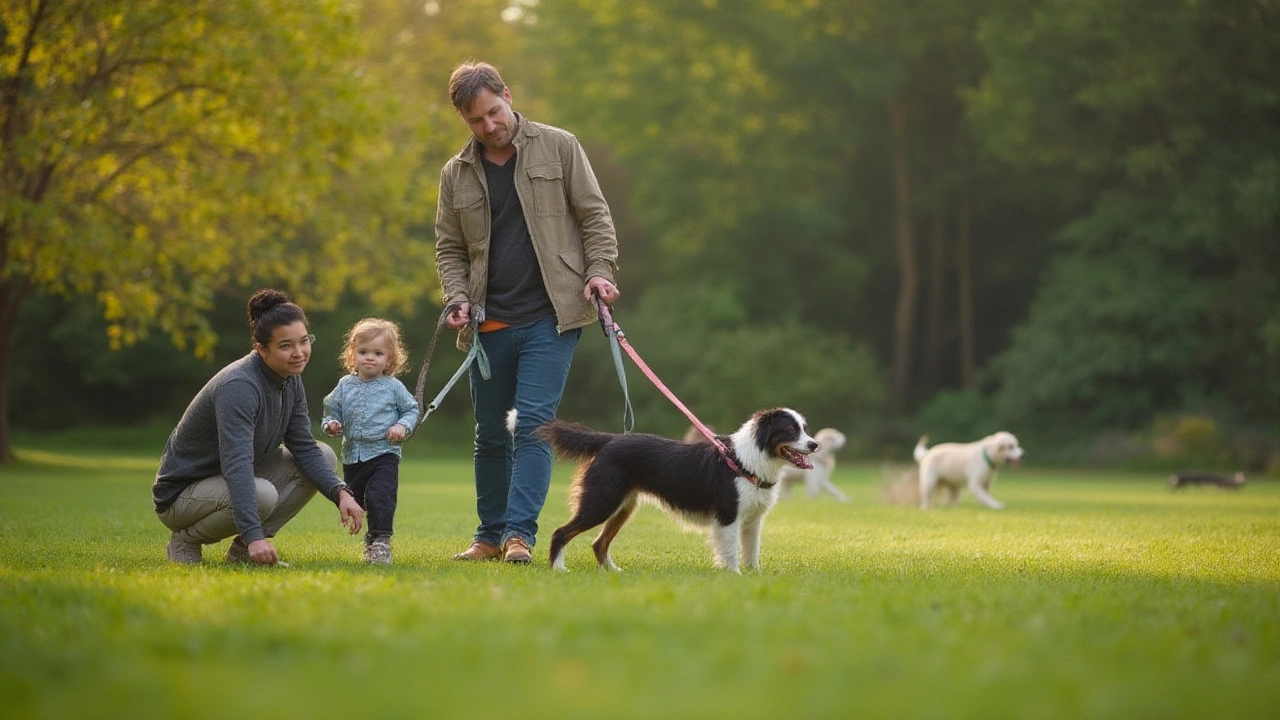Positive Reinforcement Collars: Gentle Training for Happy Dogs
If you’ve ever felt uneasy about choke or shock collars, you’re not alone. A positive reinforcement collar offers a kinder way to guide your dog’s behavior without pain or fear. It works by rewarding the actions you want, so your pup learns faster and stays relaxed.
What Is a Positive Reinforcement Collar?
Think of it as a high‑tech treat dispenser. When your dog does something right—like sit, stay, or stop barking—the collar delivers a tiny vibration, beep, or scent cue that signals a reward is coming. You then give a treat, praise, or play. Over time the dog links the cue with the reward and repeats the good behavior.
Because there’s no pressure on the neck, you avoid the choking risk that traditional collars have. It’s also safer for dogs with sensitive throats or neck injuries. The key is consistency: the cue must always line up with a real reward.
How to Choose and Use One Safely
Start with a collar that fits snugly but isn’t tight—about two finger widths above the neck. Look for adjustable straps and a lightweight design so your dog can wear it comfortably for short training sessions.
Pick a model with multiple cue options (vibration, tone, or scent). Many owners find a gentle buzz works best for beginners, while an audible beep is clearer for outdoor training.
When you first use it, keep sessions under ten minutes. Give the cue the moment your dog does the right thing, then follow up with a treat or a favorite game. If your dog doesn’t respond, don’t crank up the intensity. Instead, simplify the command or move to a quieter environment.Track progress in a simple notebook: note the cue, the behavior, and the reward. Seeing patterns helps you adjust timing and keep the training fun for both of you.
Remember, the collar is a tool, not a magic wand. Pair it with lots of praise, regular walks, and mental enrichment. A tired dog is less likely to develop problem behaviors, making the collar’s job easier.
Common questions:
- Can I leave the collar on all day? No. Give your dog breaks and only wear it during focused training.
- Will my dog get used to the cue? Yes, that’s the goal. After a few weeks, you can phase out the collar and rely on verbal praise alone.
- Is it safe for puppies? Choose a lightweight version and start when the puppy can comfortably wear a collar, usually around eight weeks.
Positive reinforcement collars fit right into a humane training philosophy. They let you shape behavior without intimidation, which builds trust between you and your dog. Try one on a short walk, keep the vibe light, and watch your pup respond with curiosity instead of fear.
Ready to make training a win‑win? Pick a reputable brand, start with short sessions, and celebrate every small success. Your dog will thank you with wagging tails and fewer misbehaviors, and you’ll enjoy a calmer, happier home.

Best Dog Training Collars: What the Pros Recommend in 2025
Looking for the best dog training collar? Trainers weigh in on expert picks, safety tips, and what really works for results in 2025.
View more